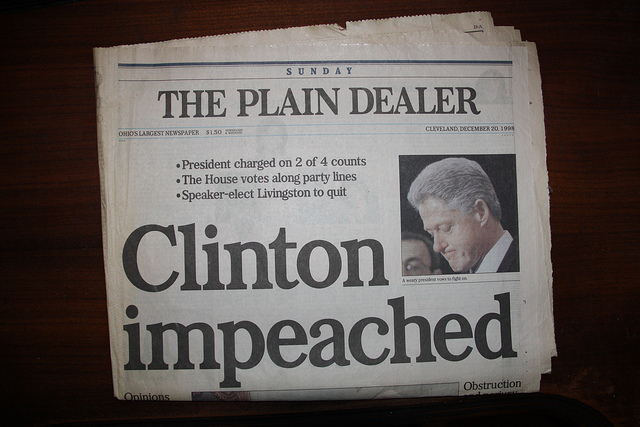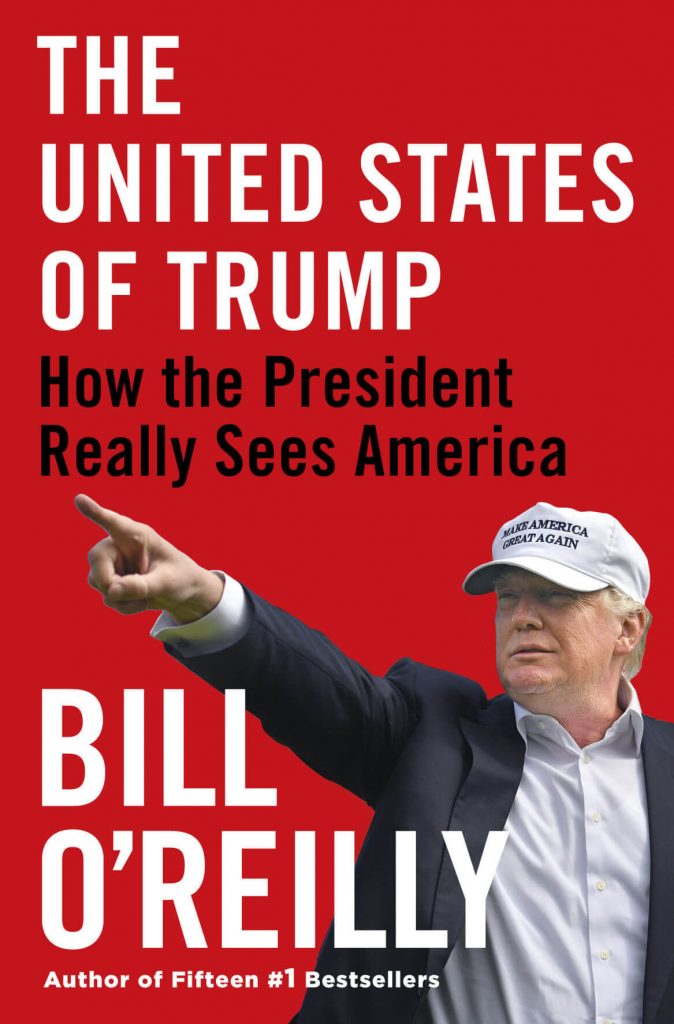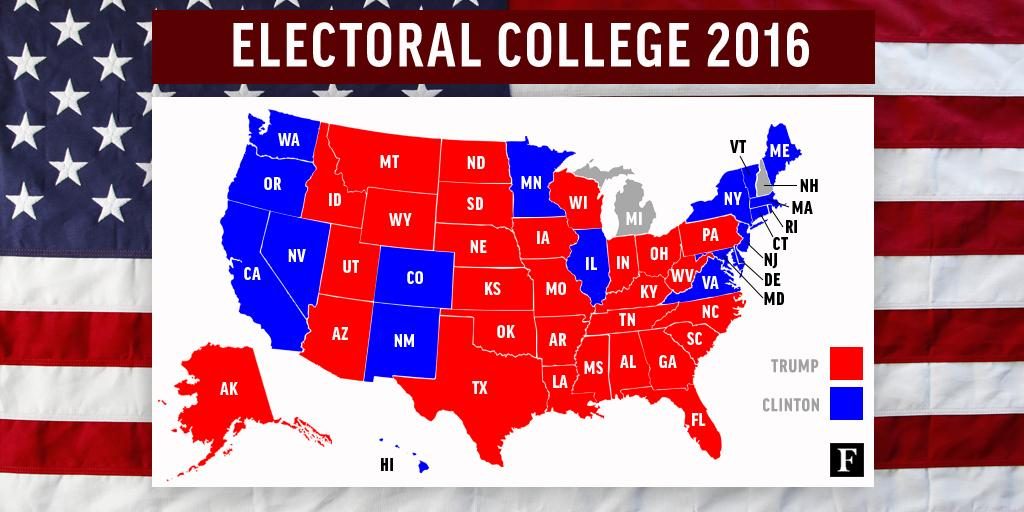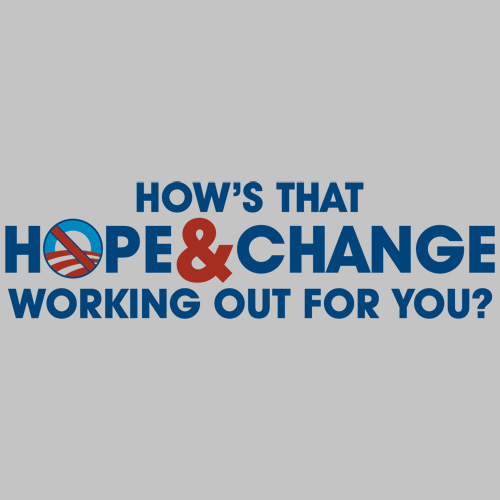by Kelly R. Smith
|

This article was updated on 11/21/20.
Although the term Antifa may be relatively new to many people in the U.S., as an organization its many composite factions stretch far back. All of these factions have contributed to the history of Antifa. They strive to project an image of being disorganized because that’s what has always worked for this type of organization. They do not wish to be seen as a secret society such as the Illuminati. Such would lead them to be seen as kooks rather than randomly angry youth.
The pro-Antifa website CrimethInc puts it this way, “This leaderless format has proven effective for guerrilla activities of all kinds, as well as what the RAND Corporation calls “swarming” tactics in which many unpredictable autonomous groups overwhelm a centralized adversary. You should go to every demonstration in an affinity group, with a shared sense of your goals and capabilities. If you are in an affinity group that has experience taking action together, you will be much better prepared to deal with emergencies and make the most of unexpected opportunities.” Swarming notifications are regularly transmitted on social media, who are glad to do their bidding.
Regardless of whether you believe that they have a kind of central organizing structure or not, one thing is certain — they have habitually convened en masse to protest, burn, loot, and beat up opponents, journalists, and bystanders. They may not be directly getting marching orders from Obama’s shadow government, but to some extent their goals are the same. The same can be said of the party-on-the-left today. Antifa acts out the Democrat party anger.
Early Origins of Anti-Fascism
They initially took form during during the street-fights of the 1932 Weimar Republic and called themselves Antifaschisitsche Aktion. The Stalinist Communist Party of Germany (KPD) formed them. This wasn’t the KDP’s first foray into this arena; various Communist “anti-fascist defense” organizations were associated with the KPD much earlier. Under the KPD their task was to fight other political parties to gain control of the streets in the revolutionary politics held by the rapidly failing Weimar Republic.
Ostensibly, their directive was to fight the Nazis but their role was malleable; they also sought conflict with liberals, conservatives, and any other opposition that presented itself. They were a tool of their masters. As today, the very definition of idealistic, useful idiots.
As that struggle floundered and the movement faded away and, these radicals also melted into the background. But in the early 1980s, they resurfaced Germany. This time they fashioned themselves in the image of Communist urban guerilla units of ’70s and ’80s like Red Army Faction and the Red Brigade who operated in Europe. The central ideology this time was autonomism. Autonomist Marxism focuses on the ability of the working class to impose changes to the organization of the capitalist system independent of the state, trade unions or political parties.
Antifa in the United States
When the Antifa movement came to America, it began as an effort of young punks to expel neo-Nazis and white supremacists from the music culture. This coalesced into the Anti-Racist Action (ARA). Surprisingly, it started in the Midwest rather than on the more liberal east or west coast, and once established, spread outward. Soon chapters formed in numerous cities, and regional councils and networks were conceived. Notably, one was called the Midwest Anti-Fascist Network (MAFN), founded in 1995.
Some members of the ARA were the remnants of the domestic terror group Weather Underground. Guiding the young anti-racist punks in the formation of the ARA were members from the John Brown Anti-Klan Committee (JBAKC). Some separate ARA units endeavored to put together one of the largest Antifa networks in the country called Torch Antifa.
JBAKC itself was conceptualized as a front for the May 19th Communist Organization (MCO). This organization was founded from what remained of the Weather Underground, Black Liberation Army, the FALN, and various other terrorist groups that formed in the ’60s and ’70s. How appropriate that the date May 19 was picked for the name. That was the birthday of both Malcolm X and Ho Chi Minh.
The central philosophy of both JBAKC and the May 19th Communist Organization is the same which Antifa embraces today: at its core the belief that the U.S. was founded on white supremacy, and therefore needs to be destroyed.
The Antifa Movement Today
Earlier we mentioned Antifa’s loose but well-connected organizational structure. The primary units are called “affinity groups.” Moving up the structure, multiple affinity groups form “clusters” of affinity groups. A member of any one affinity group can be a member of other radical left organizations. Protocol allows them to call upon them for assistance. Antifa thugs are likely to have connections with political organizations that support Antifa committees. Examples are the Democratic Socialists of America (DSA), The International Workers of the World (Wobblies), and the Revolutionary Communist Party (RCP). Antifa accepts resources and recruits from them as needed.
Now that we know the history of Antifa, the question remains — what will its future bring? Already both Congress and local political bodies are assimilating their supporters. The Democrats have become so polarized that they have developed a tunnel vision of hate and rage, manifested by three years of trying to impeach President Trump rather that doing any meaningful work. Large capitalist companies have “taken a knee” to Antifa and removed their brand identities. The thugs are now in charge.

Looking for more great content? Visit our main site I Can Fix Up My Home or our partner sites:
I offer article and blog-writing services. Interested? Contact me for a quote!
Did you find this article helpful? Millions of readers rely on information on this blog and our main site to stay informed and find meaningful solutions. Please chip in as little as $3 to keep this site free for all.
Visit Kelly’s profile on Pinterest.
About the Author:
 Kelly R. Smith is an Air Force veteran and was a commercial carpenter for 20 years before returning to night school at the University of Houston where he earned a Bachelor’s Degree in Computer Science. After working at NASA for a few years, he went on to develop software for the transportation, financial, and energy-trading industries. He has been writing, in one capacity or another, since he could hold a pencil. As a freelance writer now, he specializes in producing articles and blog content for a variety of clients. His personal blog is at I Can Fix Up My Home Blog where he muses on many different topics.
Kelly R. Smith is an Air Force veteran and was a commercial carpenter for 20 years before returning to night school at the University of Houston where he earned a Bachelor’s Degree in Computer Science. After working at NASA for a few years, he went on to develop software for the transportation, financial, and energy-trading industries. He has been writing, in one capacity or another, since he could hold a pencil. As a freelance writer now, he specializes in producing articles and blog content for a variety of clients. His personal blog is at I Can Fix Up My Home Blog where he muses on many different topics.







 Kelly R. Smith is an Air Force veteran and was a commercial carpenter for 20 years before returning to night school at the University of Houston where he earned a Bachelor’s Degree in Computer Science. After working at NASA for a few years, he went on to develop software for the transportation, financial, and energy-trading industries. He has been writing, in one capacity or another, since he could hold a pencil. As a freelance writer now, he specializes in producing articles and blog content for a variety of clients. His personal blog is at
Kelly R. Smith is an Air Force veteran and was a commercial carpenter for 20 years before returning to night school at the University of Houston where he earned a Bachelor’s Degree in Computer Science. After working at NASA for a few years, he went on to develop software for the transportation, financial, and energy-trading industries. He has been writing, in one capacity or another, since he could hold a pencil. As a freelance writer now, he specializes in producing articles and blog content for a variety of clients. His personal blog is at 








